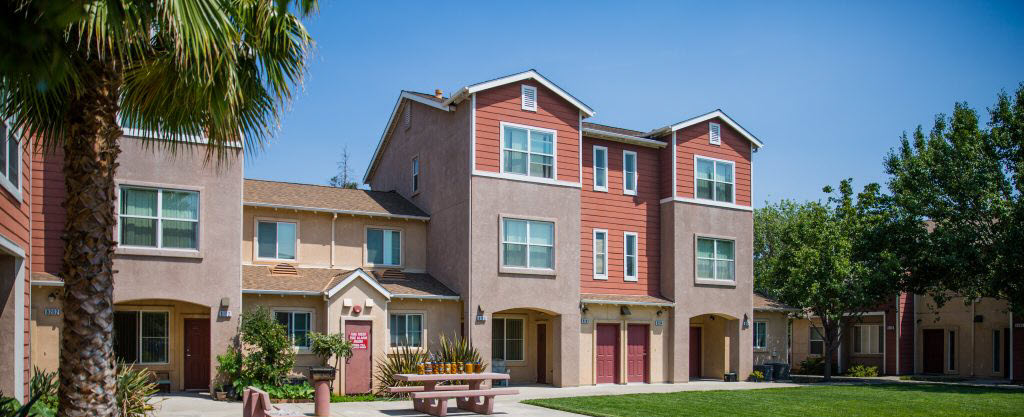

Once again the city is not ready to create a permanent Affordable Housing Ordinance. Last June, the council was asked to pass an amendment to extend the sunset date of the current interim affordable alternative rental housing requirements through May 31, 2020. Now the city asking to extend that sunset date through November 30, 2021.
Writes staff, “The current interim ordinance is intended to serve as a bridge that would allow City Council to act on multifamily development proposals with a project-specific affordable housing plan with less than 35% of the units being designated as affordable housing, while staff prepares a comprehensive update to the inclusionary requirements for multifamily projects for further City Council consideration.”
This they say will allow the city to continue to receive SB 2 funds that are awarded “to assist in further analysis of affordable housing alternatives for various housing development scenarios.”
In addition, following the discussion last week of the Draft Downtown Davis Specific Plan, it would allow for current public review of that affordable housing proposal including future downtown housing opportunities.
The city will also be looking to complete an update to the Housing Element for 2021-2029.
“The SB 2 funds would help fund further analysis, while the DDSP coupled with the City’s preparation of the updated Housing Element would provide for more informed and strategic planning efforts related to inclusionary requirements for multifamily projects,” staff writes.
If the current interim ordinance expires, the ordinance would revert back to the original ordinance and “Council would be precluded from approving housing proposals that do not fully comply with  the existing 35% affordability requirement.”
the existing 35% affordability requirement.”
By extending the sunset date for the current ordinance, “City Council would continue to be allowed consideration of project specific affordable housing plans subject to specific considerations as described in the current ordinance.”
The only modification to the previous ordinance extension passed last year is the extension of the sunset date.
Staff writes, “A comprehensive update to the inclusionary housing ordinance for multifamily housing, informed by the aforementioned DDSP efforts and preparation of the 2021- 2029 Housing Element, would be brought back to City Council for consideration prior to the November 30, 2021 expiration.”
In December of 2018, the council modified the ordinance to include inclusionary requirements for stacked flat condominiums and vertical mixed-use development.
At the time, the council voted to replace the previous exemptions to the affordable housing ordinance for such developments and replace them with a more flexible requirement that allows the council to adjust the inclusionary percentage up or down, based on the size of the project and the targeted income levels.
Councilmember Will Arnold said that, at the bottom line, “we want to see these things built.” He was concerned that if they made the requirements too high, “nothing would be built.”
Councilmember Arnold said that “35 percent of nothing, is nothing. So if the thing doesn’t get built because we’ve put an onerous requirement on there, then no one gets to live there… So that’s the balancing act that we have in front of us.”
Will Arnold pushed for a core area carve out, which he felt, along with adding flexibility, “gives me a comfort level.” He said, “We don’t want people not to redevelop because of this.”
Brett Lee stated that “while vertical mixed-use and stacked flats (in the core) do not have a numerical requirement, there is an expectation that they will provide some level of resources for the city’s affordability program.”
Thus at the November 27 discussion, the council decided that “the inclusionary requirements for vertical mixed-use and stacked condominiums should be lower than other residential development prototypes” and “the inclusionary requirements for vertical mixed-use and stacked condominiums should be more flexible in the core area than other parts of the City.”
Despite the time elapsed since the fall of 2018 discussions, the state of California is no closer to permanently solving affordable housing funding than before. The passage of SB 2 does establish a permanent source of revenue intended to increase the affordable housing stock in California.
Part of that includes the California Department of Housing and Community Development (HCD) to use half of the revenue generated by SB 2 to create a “planning grant program to fund local government activities that streamline housing approvals and accelerate housing production.”
But the state has not added funding for affordable housing. Some believed that legislators would bring back the increment tax. In fact, the Vanguard’s interview with Assemblymember Cecilia Aguiar-Curry in 2019 suggested that might occur in the recent legislative session—but that session is now truncated and, even before that, the legislation did not materialize.
In addition, the city still has not completed its Downtown Davis Specific Plan.
Staff argues: “Having the project description that establishes the potential development patterns and future housing opportunities in the downtown area will be of benefit for purposes of considering a future permanent ordinance.”
Staff has received the new RHNA (Regional Housing Needs Allocation) numbers that will ramp up the city’s affordable housing requirements, but now appears to be waiting to finalize the new Housing Element before proceeding to a permanent ordinance.
Last year, staff pointed out, “Having these numbers will provide a better baseline for targeted and strategic planning efforts relative to affordable housing requirements.”
Now that they have the new RHNA numbers, they seem to want to put a new housing element in place before proceeding.
—David M. Greenwald reporting

